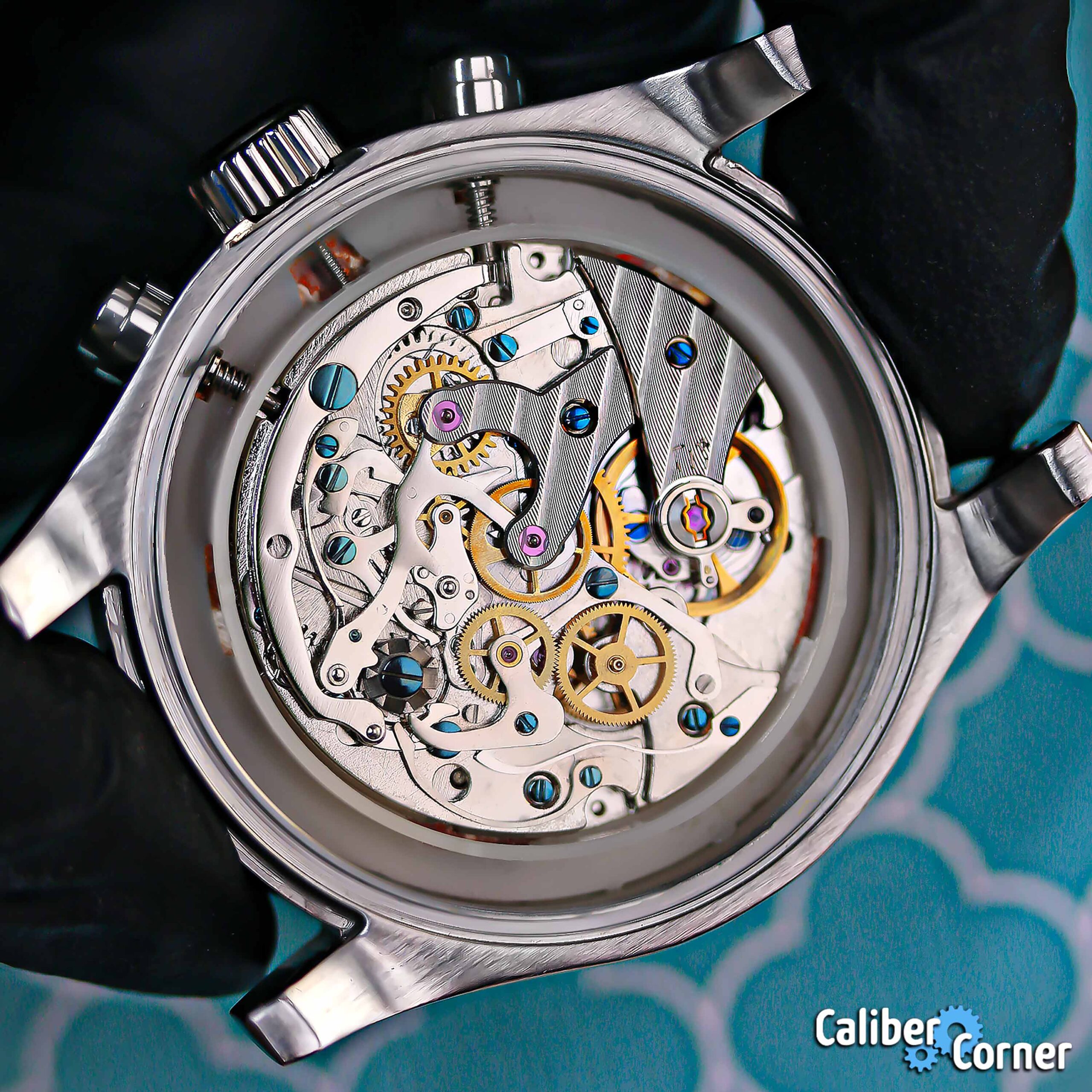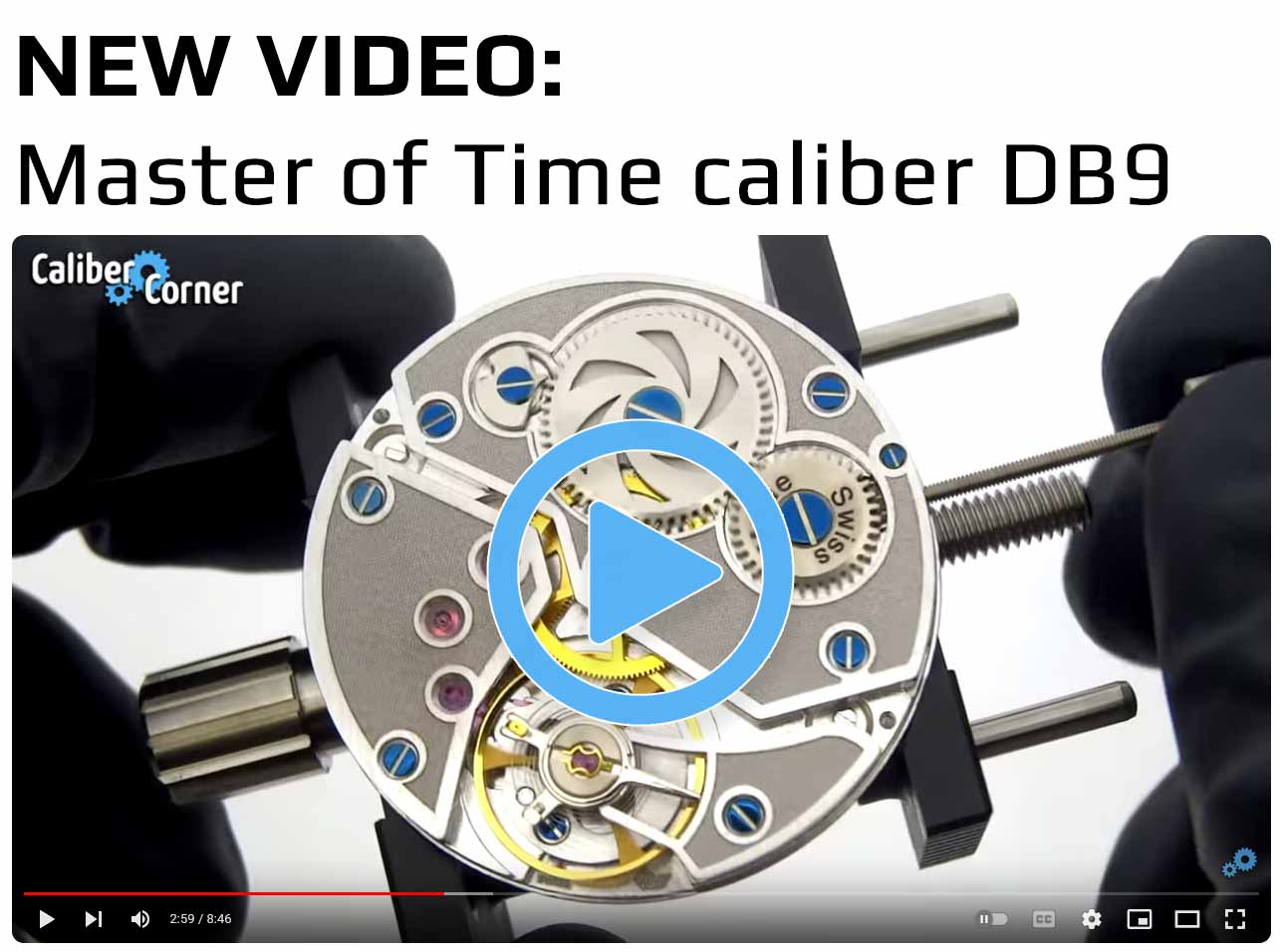
“Workhorse movement” is a label given to certain watch movements by enthusiasts and collectors in many watch communities. The term is no officially used by movement manufactures, but has become a selling point in blog reviews and
A tried and true workhorse should be a simple/minimalist design that does the job efficiently with as few moving parts as possible, while still being effective at maintaining a track record of being reliable, acceptably accurate, not too expensive, and easy to service (or at least generally affordable to service).
A workhorse movement can be of any origin, although the most commonly known workhorse movements are Swiss made ETA/Sellita and Japan made Seiko/Miyota.
Below is an example of a solid automatic workhorse watch movement, the Seiko/TMI NH38. It features a simple, no-frills, 3-hands no-date display.
The most common examples of workhorse movements are:
- ETA caliber 2824-2
- Sellita caliber SW200
- ETA/Valjoux caliber 7750
- Seiko caliber 7S26
- Seiko caliber NH35A
- Miyota caliber 8215
- Miyota caliber 9015
- ETA/Unitas 6497/6498
You may also hear watches being referred to as workhorses, for example the Seiko Monster.
A workhorse watch is basically a tool watch powered by any of the above movements, but also with other characteristics such as a sapphire crystal and screw-down crown.



 network of watch sites
network of watch sites












Recent Comments
Myslím že je to tak. Zepředu i zezadu je to podobné, i když zezadu trochu…
This movement can be found in the Henry Archer Nordso
I have the Y675 for the SII union watch, its still made in japan
I need some help please (in so many ways!). I’m trying to figure out the…
hi there. I am looking for a spare part for the 2893-2 - the part…
hello, does anyone know if it is 1:1 clone of the 6498/6497 in terms of…
Glad you think so. Thank you for the comment!